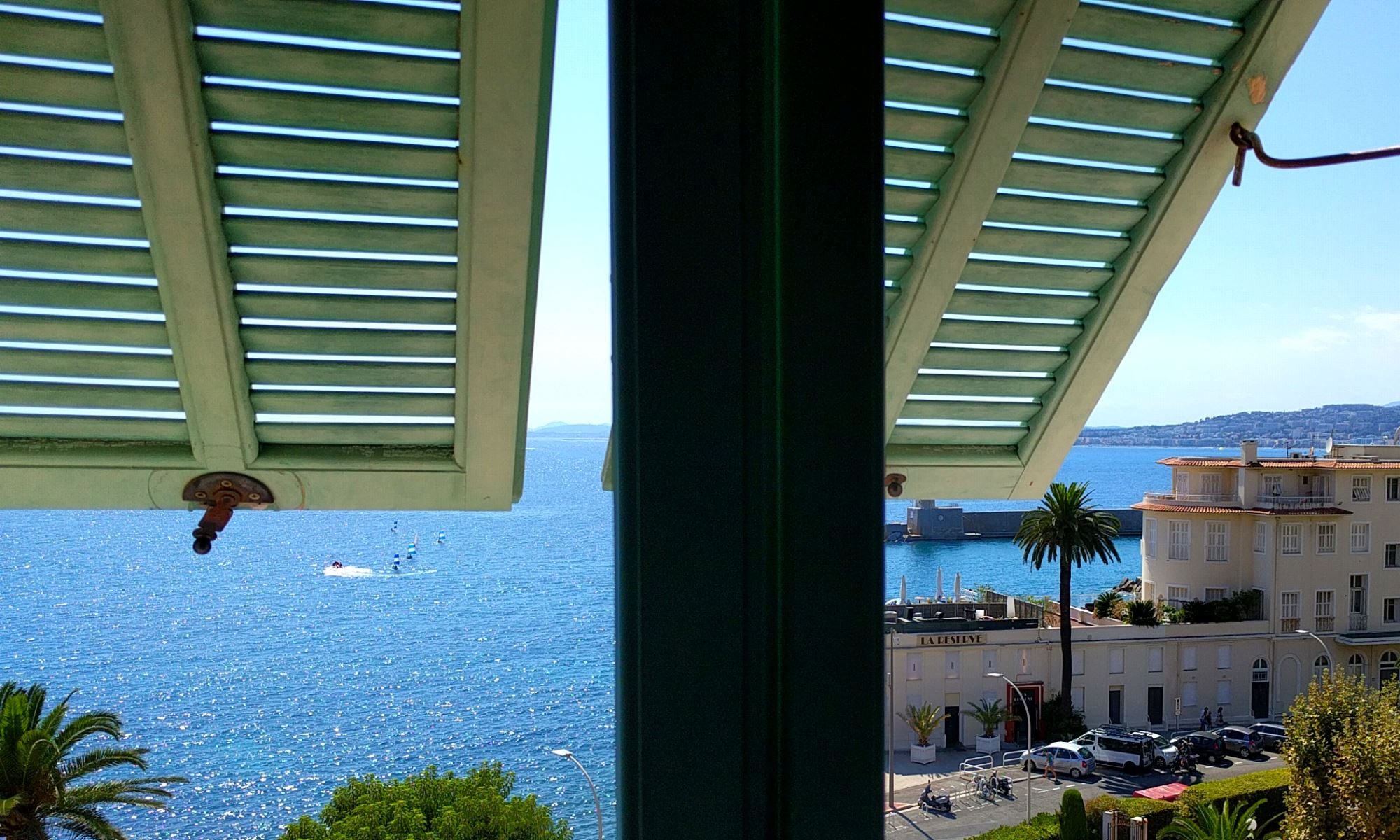After retiring as curator of historic maps at Princeton University Library, John Delaney moved out to Port Townsend, WA, and has traveled widely, preferring remote, natural settings. Since that transition, he has published Waypoints (2017), a collection of place poems, Twenty Questions (2019), a chapbook, Delicate Arch (2022), poems and photographs of national parks and monuments, and Galápagos (2023), a collaborative chapbook of his son Andrew’s photographs and his poems. Nile, a chapbook of poems and photograph about Egypt, will be published in May.
Please visit John Delaney’s website: https://www.johnmdelaney.com/
They’ve lived off the grid for twenty years,
raising children and a small herd of sheep.
Reliable water’s a mile away,
carted back in yellow plastic drums.
They save an empty tent for their chickens
and a pen to keep the sheep safe at night.
There’s a washing hut and a baking tent.
Did I say how practical their life is
in these low mountains? Winter’s a playground
for sledders on the open snowy slopes.
They watch over unhindered horizon.
Far removed from the town’s teeming markets
and the city’s bright distractions, at night
their dreams ride on handmade Berber carpets.
There are about 25,000 nomads living in Morocco, even in desert areas, but their numbers are dwindling sharply due to the intense droughts of climate change.
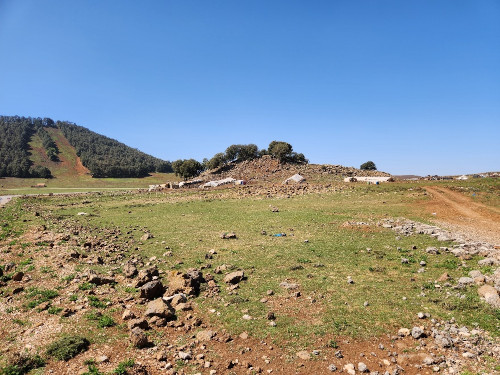
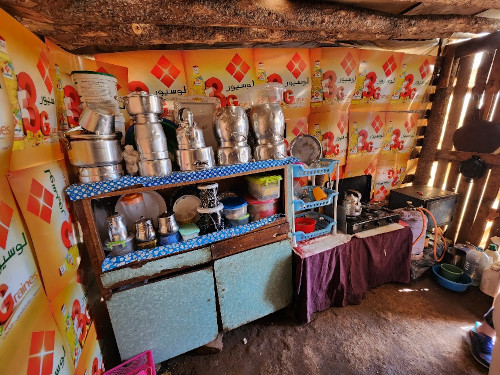
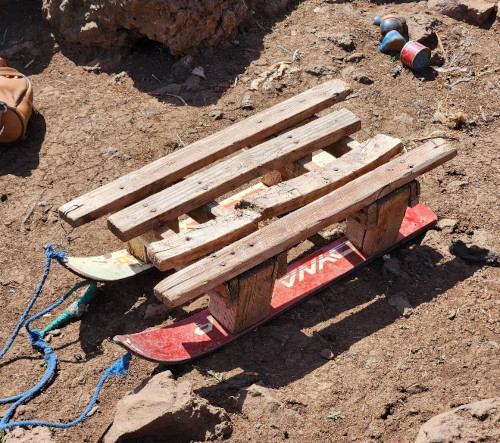
Doors
Each door is the final arbiter.
State your reason for entering.
Knock, knock. Or unlock.
Ornate. Detailed. But windowless.
Does it boast of inside splendor?
Belie embarrassed squalor?
Deadbolt your private paradise.
Guard possessions from the prying world.
Shutout noise behind.
Pull the handle for your friends.
Grasp the knob worn out by family members.
Turn the key to your home.
Open or closed. Entranceway or exit.
These stalwart umpires make the call—
‘welcome’ or ‘goodbye’—for all.
Moroccan doors are known for their hand-carved details and intricately tiled doorways.
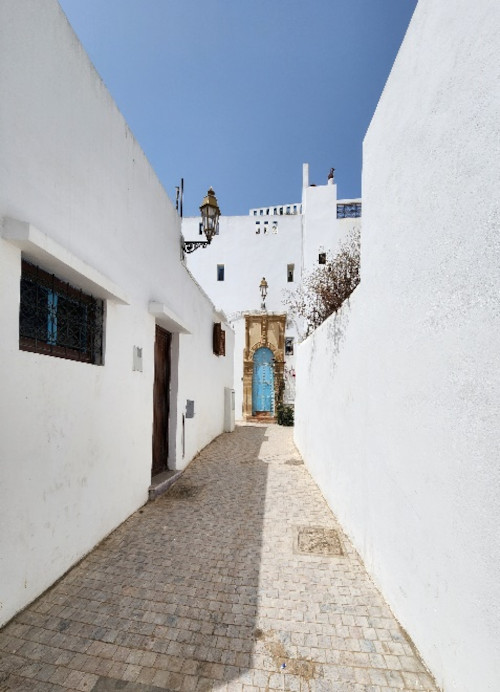
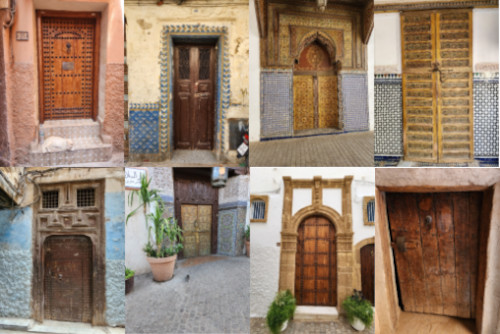
The Sahara Farmer
Literally divined by a Y-shaped rod,
the farm was established by his father.
It has succeeded now for forty years,
two wells supplying all needed water.
We followed the kaftan-wearing farmer
past irrigated plots of alfalfa,
garlic, and onions, towards an impressive
grove of date palm trees, his best cash crop.
He demonstrated how he pollinates
each female tree himself, clambering up
the bark in his sandals. Spry and limber
at sixty-seven, he made short shrift of it.
He teased us to identify the seeds
of henna he held as we walked back through
football fields of farmland framed by dunes.
Everything was lush and green, ripening
in a practical patch of paradise.
Who knew what one could cultivate from sand?
Who would guess they were in the Sahara?
Where there’s a will, there’s a way. Praise Allah.
Agriculture is a dominant economic sector in Morocco and employs about one-third of its workforce.
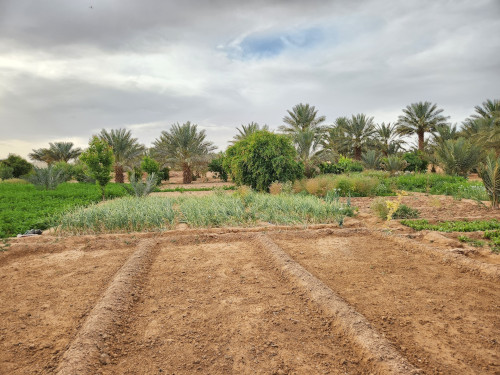
Dahabeya
The wind fights back against the current,
so these vessels have to tack or be pulled
by a tugboat to make headway downriver.
To us passengers, it doesn’t matter—
a sense of drifting is what we’re after.
The banks go by in a lazy rhythm
of buffet meals and shaded lounge chair chats,
as we cruise between ancient temple sites.
We try to imagine what’s coming next
during our senior air-conditioned naps.
But most of all we drift in time and space.
Treated like pharaohs in their solar barques,
we’re riding the Nile highway to heaven.
The bird on its thatch of sticks and grass,
just floating by, could say the same, even.
The Dahabeya is a type of luxury pleasure boat, reminiscent of royal travel, that commonly cruises between Aswan and Luxor on the Nile.
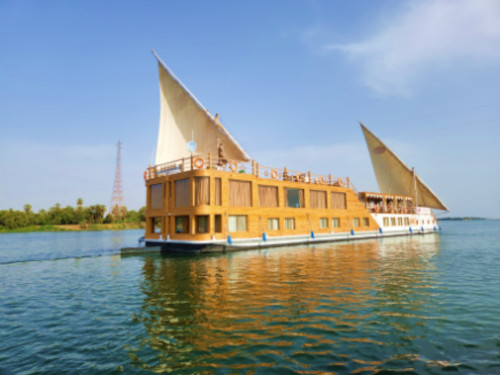
The Great Sphinx
The real riddle is what it sees
and has seen, even as time has fractured
its face. What is the view that so
captivates and motivates the viewer?
We who trespass in its vision
are blurred and out of focus,
too close and on the move. Nothing
distracts this hunter from its prey.
Nothing dissuades the eyes to blink,
the neck to turn, else something will be lost.
Its lips are sealed. Yet what magnetic field
locks a moment’s gaze in an ageless stare?
A mythical creature with the body of a lion and head of a human, the Sphinx is one of the most recognizable statues in the world. It stands on the west bank of the Nile, near the Giza pyramids.
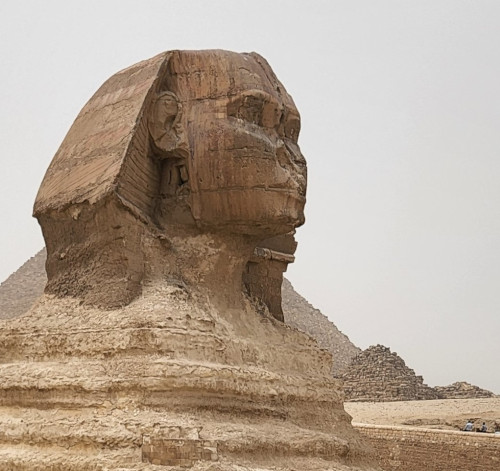
For other contributions by John Delaney, please follow the link below:
Poetry & Images in this post: © John Delaney
Published with the permission of John Delaney
